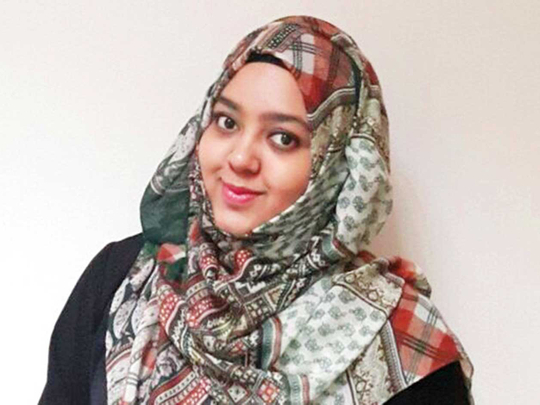
Dubai: Sudden darkness, a growing discomfort, shortness of breath, and his heart pounding in his ears.
The memory is still fresh in Asif Abdul Razzaq’s mind, 14 years later. He was a 21-year-old student at a university in the UK, when he experienced the Tube getting stuck inside a pitch-black tunnel. It was the moment he realised he had claustrophobia.
The British national, who now lives in the UAE, tackles the fear of confined spaces every day.
He decided to seek professional help: “I got in touch with therapists and hypnotists. But nothing seemed to help for a long time. Finally, two years ago, a therapist in London introduced me to the concept of mindfulness. He also helped me with supplements.”
Abdul Razzaq uses a phone app called ‘Headspace’, which helps with mindfulness and meditation. The therapeutic strategy involves focusing one’s attention to the present, rather than anticipating the future.
The 35-year-old said: “I still feel anxious, but focusing on mindfulness and breathing techniques are the things that help me cope with claustrophobia.”
However, not all those who cope with claustrophobia seek medical help. Pakistani expat Sairah Zakir sought help online.
The 25-year-old said: “I avoid getting into slow lifts and enclosed spaces. Sometimes, I feel it is all in my mind, so I never thought of getting professional help. I referred to online forums for solutions.”
Zakir realised that she was claustrophobic about 10 years ago, and her mother has a similar phobia. She added: “I try to consciously control my thoughts and prepare myself before entering small, closed spaces. Drinking a lot of water helps me. I also breathe slowly to calm myself.”
People with claustrophobia end up having to make difficult decisions around their fear of confined spaces.
In July, Algerian national Malika Boucif had to undergo a magnetic resonance imaging (MRI) scan. While filling up a form, she came across the question: “Are you claustrophobic?”
She asked the hospital staff what it meant. This is when she learnt that the mild fear she experienced in enclosed spaces was actually a phobia.
She was asked if she would like to listen to the Quran, and was provided headphones with a recitation, when she entered the machine.
Some private clinics across the world have open or upright MRI machines, designed for people with severe MRI anxiety.
Boucif’s 15-minute experience during the scan was enough for her to make a decision. She said: “I was recently asked to do another scan, but I said ‘no’ and asked for an alternative.”
Mild to intense claustrophobia can also be triggered by unpleasant experiences.
Dubai resident Nada Al Zarooni said: I may not be medically claustrophobic, but about three years ago, I started feeling uncomfortable taking the elevator at work. To avoid crammed elevators, I prefer taking the stairs.”













